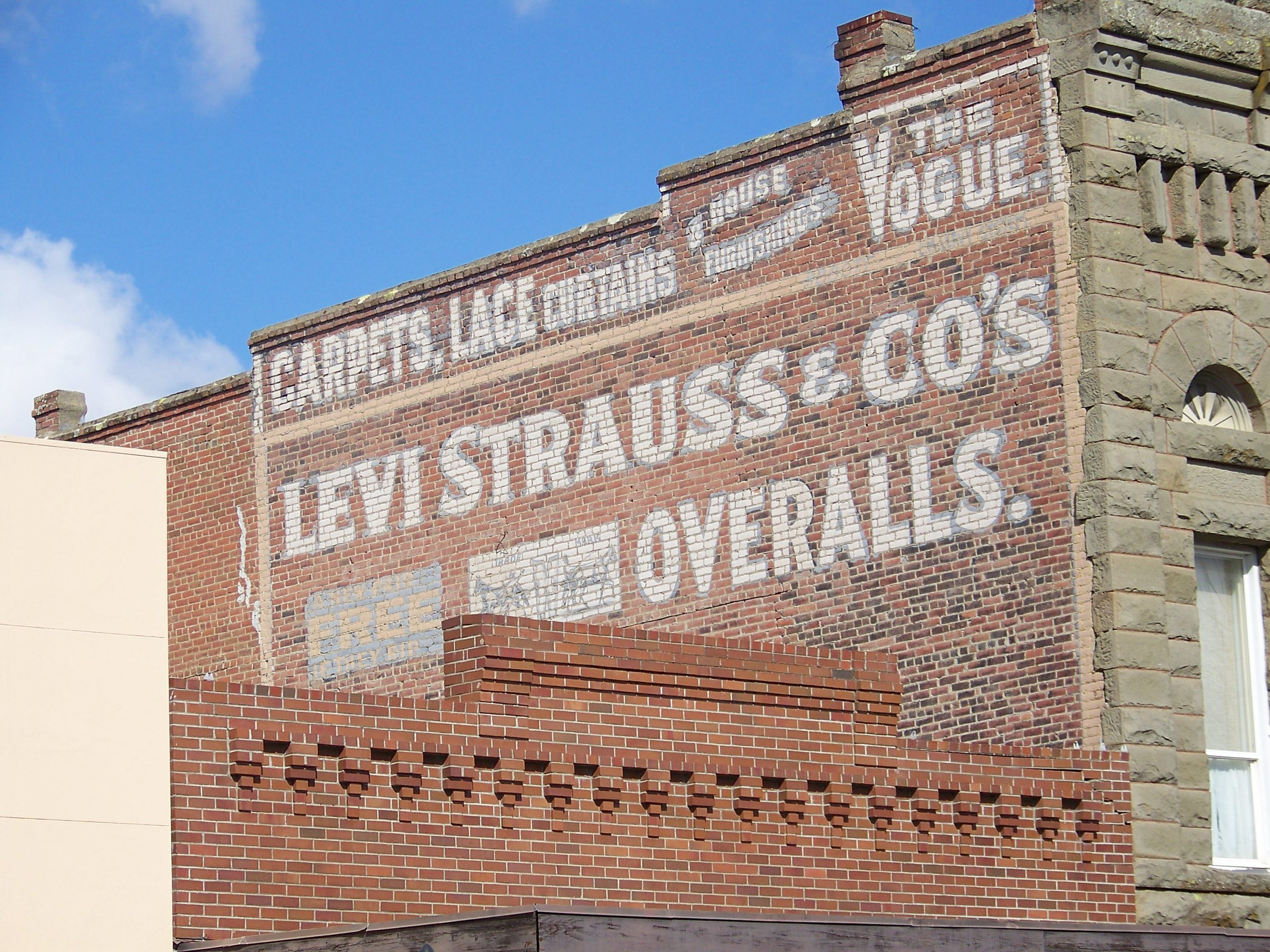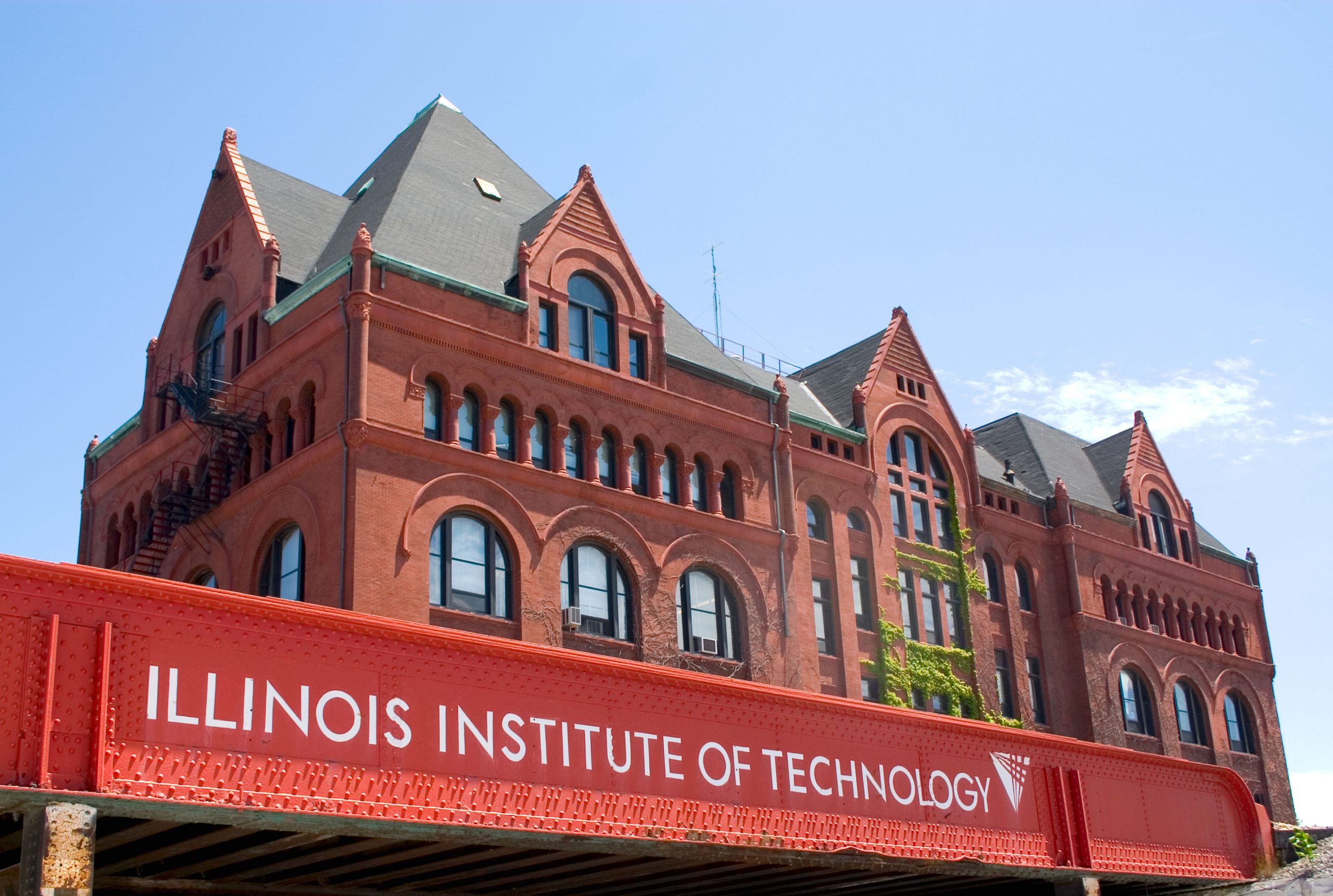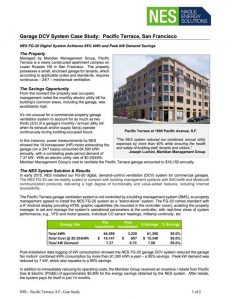MENLO PARK, CA, January 27, 2016 – The Nagle Energy Solutions (NES) digital garage ventilation system continues its strong track record of delivering exceptional energy savings; this time achieving a 95.4% reduction in both kilowatt-hour (kWh) consumption and peak kilowatt (kW) demand at the corporate headquarters of Levi Strauss & Co., located at 1155 Battery Street in San Francisco.
Detailed power (kW) measurements verified the energy savings captured by the NES garage demand-control ventilation (DCV) system. It reduced the property’s garage ventilation system energy consumption by 32,791 kWh from a baseline of 34,389 kWh consumed the prior year, which equates to a 95.4% savings. Peak kW demand was cut from a baseline of 10.99 kW the prior year to just 0.51 kW – also a 95.4% savings.
“There aren’t many – if any – instances I can point to where the retrofit of an essential mechanical system produces energy savings in excess of 95% without shutting if off entirely,” noted Rusty Quintana, director of facilities at Levi Strauss & Co. “Levi Strauss gains not only a financial benefit from this truly innovative technology and approach to garage ventilation, but the assurance of safety for Levi staff and building visitors.”
Applicable codes require below-grade commercial garages in California be ventilated continuously during building-occupied hours to minimize carbon monoxide (CO) concentrations and thereby protect the health and safety of those who live or work above the garage, where appropriate.
The garage at 1155 Battery Street is a below-grade, 55,000 square foot facility. Its garage ventilation system is comprised of one, 15-horsepower (HP) exhaust-fan unit and one, 10-HP exhaust-fan unit, which Levi’s facility management runs simultaneously for 12 hours a day, five days a week – equating to 3,129 hours per year, per fan motor.
Based on the property’s utility rate of $0.1483/kWh, prior to retrofit by NES, Levi Strauss paid slightly more than $5,100 a year to ventilate the space. Post retrofit – with the NES FG-20 controller and system peripherals in place and controlling the garage ventilation system on a 12/5 basis – Levi’s annual costs to ventilate its garage have been reduced to just $237.
Through several new-construction installations and commercial-property retrofits, the NES garage DCV system has consistently achieved energy savings in the range of 95% – and greater.
The NES system maximizes the energy savings opportunity while enhancing the operational efficiency of the garage ventilation system(s). It incorporates a fully assembled, readily deployable controller unit (versus disparate components), variable frequency drives (VFDs), NES CO and nitrogen dioxide (NO2) sensors and alarm components, all of which are “synced” to a licensed, smart-control logic that detects and measures vehicle fumes in the garage and then modulates fan speeds to prevent CO levels (and NO2 levels, where appropriate) from exceeding predetermined set points for extended periods of time.



